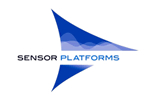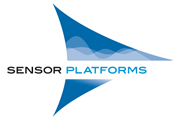Indoor positioning using pedestrian dead reckoning (PDR) has received much academic and commercial interest over the years. Existing sensor-based solutions track position by summing the distance travelled in individual steps, rotated by the direction of travel (called Bearing). Many methods expect users to keep the mobile sensing device stationary with respect to their body at all times, as if walking while balancing a piece of cake: the “cakewalk.” But indoor positioning on a smartphone needs to allow for natural movement, providing reasonable results independent of how the phone is carried.
Sensor Platforms advantage in PDR comes from combining traditional methods with the context results from our FreeMotion library. Context is trained from machine learned sensor signals and provides a new dimension to the solution. For example:
- Walking context is used to mitigate false steps which come from extraneous motions,
- Carry context is used to provide constraints on the user-to-device attitude, as well as determine the best signatures for steps in different Carry states for greater accuracy, and
- Rotation context determines whether a detected rotation is user-only, user-to-device only, or a combination.
Even with the most sophisticated algorithms, PDR is a dead reckoning algorithm which accumulates errors over time. Therefore it will ultimately work best when combined with a beaconing system to periodically remove built-up drift. This adds the further requirement that the PDR algorithm maintains a reliable error model for communication with these other systems. The Sensor Platforms error model determines position uncertainty through a combination of normal Bayesian filtering techniques and incorporation of unmodelled situations, which are detectable with our context algorithms.


